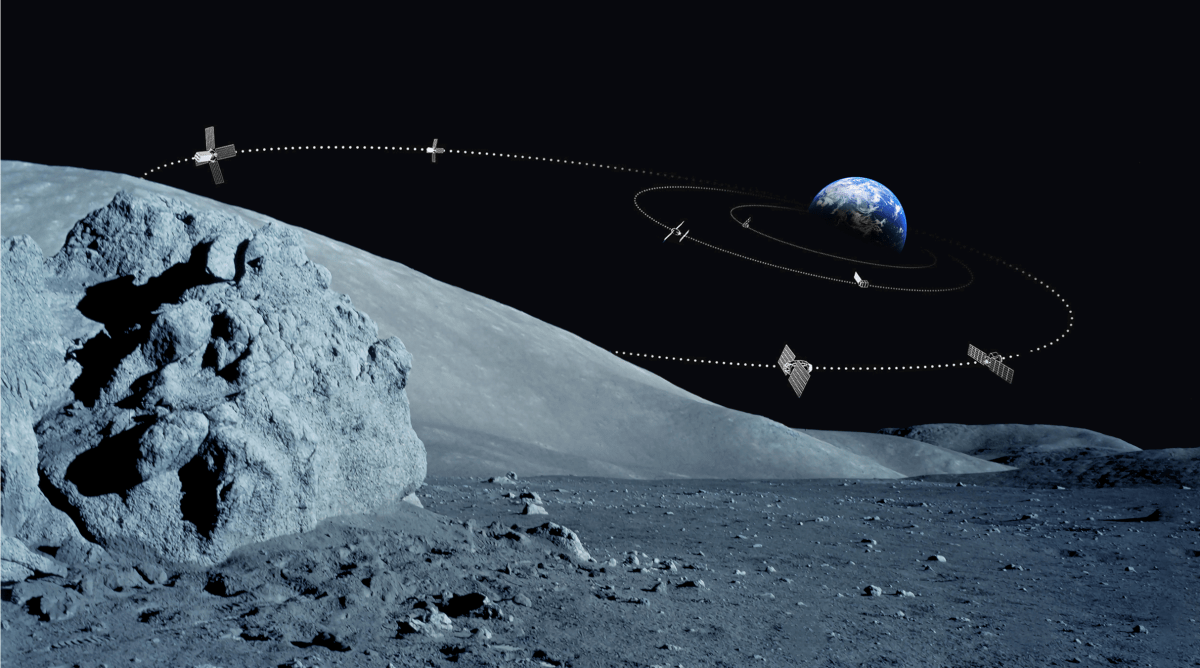NASA has chosen a Blue Origin-led team to develop a second lunar landing system for the Artemis program, as the agency looks to provide competition with SpaceX and support long-term exploration of the moon.
The winning team includes Lockheed Martin, Draper, Boeing, Astrobotic and Honeybee Robotics.
The award includes an uncrewed demonstration landing and a crewed demonstration landing. NASA aims to use this vehicle and Starship to ferry astronauts between the lunar surface and an under-development space station it calls “Gateway,” in order to enable a permanent human presence on the moon.
Under this award, the Blue Origin-led team will develop the landing system for the Artemis V mission, which is currently set to launch no earlier than September 2029. SpaceX’s two missions are scheduled for Artemis III and Artemis IV.
NASA selected SpaceX to develop a Starship human landing system in April 2021 at a price of around $2.9 billion. It was notable at the time that the agency selected only one vendor for the task – so notable, in fact, that competitors Blue Origin and Dynetics filed protests with a major government watchdog over the decision. Those protests were dismissed.
However, pressure on the agency to select a second vendor mounted from other sources – notable Congress – and last March NASA announced it would open competition for a second landing system. For that reason, SpaceX was not eligible to compete for this contract. However, it and this team will be eligible to compete for future crewed missions to the moon beyond Artemis V.
NASA’s Artemis program is incredibly ambitious. The agency wants to maintain a cadence of about a mission a month, with astronauts staying on the moon for up to thirty days at a time.
“A second lander and additional, different lander will help ensure that we have the hardware necessary for a series of missions to carry out the science and technology development on the surface of the moon,” NASA Administrator Bill Nelson said during a news conference.
Developing…


